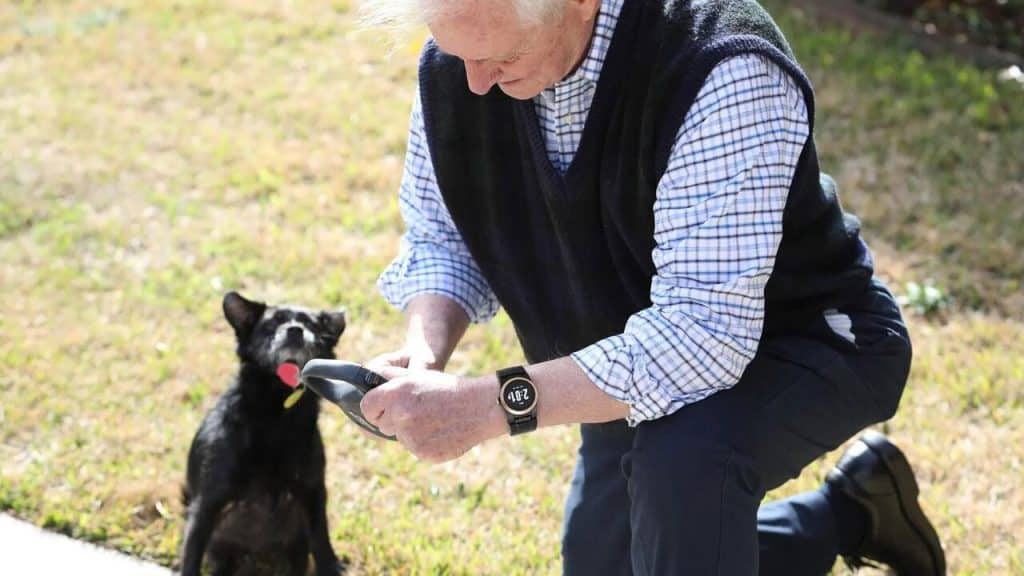There was a time when a medical alert bracelet was just a band that went around your wrist and had a label saying “This person has [insert medical condition]”. Modern technology can do a lot more than that, however. Consider the example of the Kanega Watch, a stylish accessory that also happens to be able to tell if an elderly or frail person is moving as normal or if they’ve had a fall or other injury (https://longevity.technology/news/aip-trailblazer-7-unaliwear/).
One of the hardest aspects of aging isn’t actually the health problems but the lack of dignity accompanying them. People lose their independence and ability to live life on their own terms. Their body no longer responds properly to instructions, they’re forced to rely on medical professionals and carers, and they can no longer occupy the same space in the world that they did before.
Jean Anne Booth, founder of Unaliwear, saw this with her own eyes when her 80-year-old mother refused to wear any kind of medical alert device because she saw them as a source of shame. They were also pretty ugly. That’s where the idea for the Kanega Watch was born.
The Kanega Watch doesn’t just look smart. It is smart, with an AI system that learns from your regular movements. That means there’s much less chance of a false alarm. It can tell what’s natural motion and what’s abnormal. If you fall or injure yourself, it can send out an alert. With both cellular and Wi-Fi connection, there’s no worry about losing coverage. It will go directly to emergency services, 24 hours a day.
You also don’t need to worry about taking it off to charge it. There’s a special mechanism, patented by Unaliwear, that allows you to switch one battery for another quickly and easily while it’s still on your wrist. Ease and convenience are also why there’s no fiddly touchscreen, which is often difficult for older people to navigate. This watch is controlled by buttons, or voice activated if pressing buttons is difficult for your mobility level. The black-on-white display is high contrast, which is good for those with vision problems.
Future ideas for the Kanaga Watch include using Bluetooth to communicate with other devices, like hearing aids. Unaliwear also has lots of other ideas for making devices that help elderly people navigate their old age while retaining some independence.




